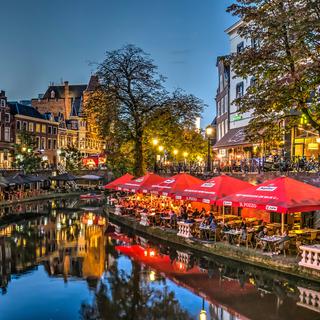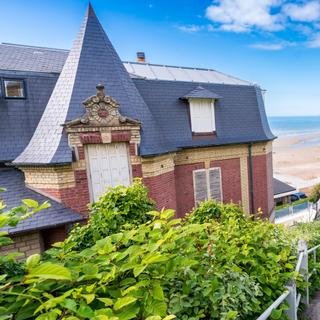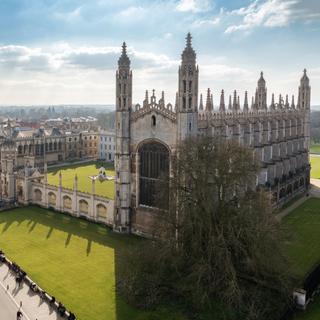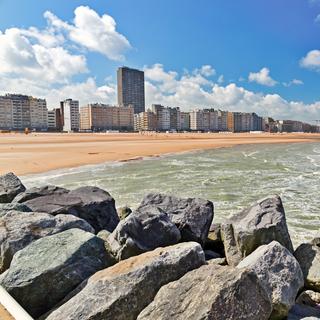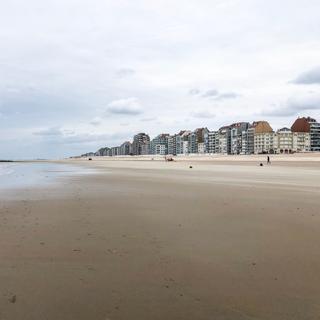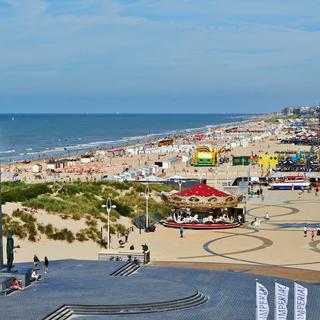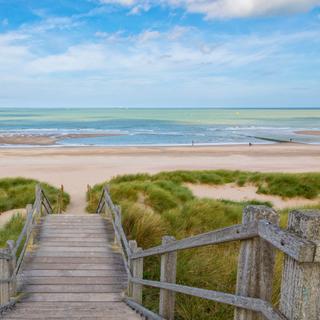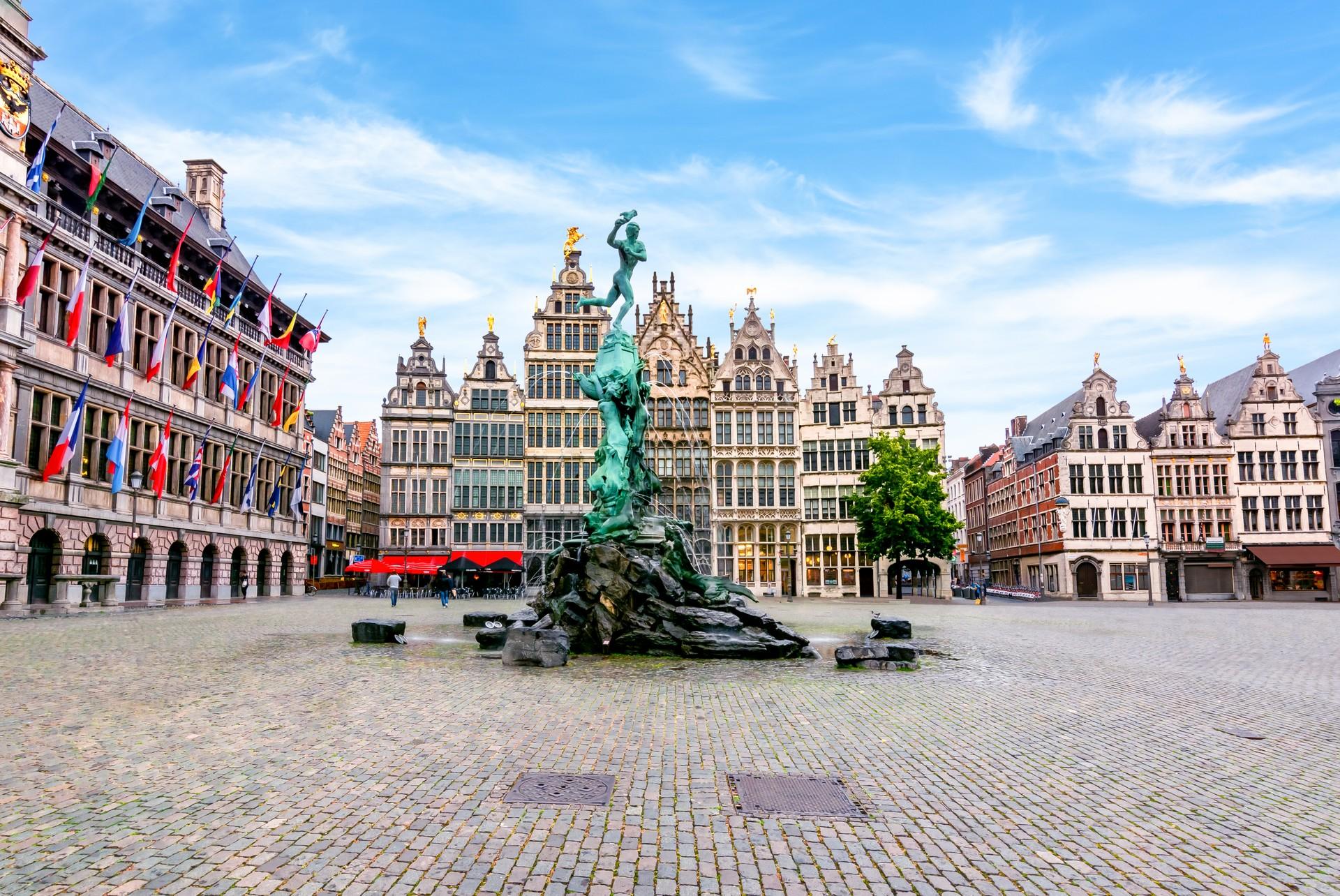
Antwerpen weather and climate in 2025

Antwerpen weather and climate in 2025
Day
23 °C
Night
14 °C
Sea
18 °C
Precipitation
72 mm
in month
Rainy days
11 days
in month
Daylight
14 hours
average
Sunshine
7 hours
average
Humidity
77 %
Weather charts for Antwerpen
Destinations nearby and activities
Destinations nearby
Activities in Antwerpen

Find more destinations like this
Destinations with similar weather to Antwerpen
Other destinations in Belgium
Closest cities for Antwerpen
Last week's weather in Antwerpen
Average daily temperature during the week of 7 July 2025 - 13 July 2025 was 24 °C (75 °F), average minimal (night) temperature was 14 °C (57 °F). The current temperatures are roughly same as the long-term average for Antwerpen, with the daily and nighttime temperatures being 24 °C (75 °F) and 14 °C (57 °F), respectively. In the beginning, Monday was hottest day of the week. The beginning of the week saw Tuesday being the coldest day of the week. The average temperatures during different times of day (local time) were following: 7am 16 °C (61 °F), 10am 20 °C (68 °F), 1pm 23 °C (73 °F), 4pm 24 °C (75 °F), 7pm 23 °C (73 °F), 10pm 18 °C (64 °F).
There were 5 days without rain, 1 day with light rain and 1 day with moderate rain during this week. During the whole week, total of 7 mm (0.28 in) of precipitation was observed, which is below the long term average for Antwerpen, which is 17 mm (0.67 in). From dawn to dusk, there was an average of 27 % cloud coverage during the day.
Average speed of wind was 2.8 m/s. Prevailing wind direction(s) was North. The atmosferic pressure ranged from 1004 hpa to 1023 hpa. The average air humidity was 73 % in Antwerpen.
During the daytime (from dawn to dusk), there were in average: 11 hours clear skies, 3 hours partially overcast skies, 2 hours overcast skies and 0.5 hours rainy weather. The sunrise on average occurred at 05:38, and the sunset occurred at 21:56.
Weather overview for Antwerpen
Weather overview
Antwerp, a jewel of Belgium, enjoys a temperate maritime climate, characterized by moderate temperatures throughout the year. Average daytime temperatures range from a cool 6 °C (43 °F) in the depths of January to a pleasant 24 °C (74 °F) in the heart of July. Balmy summer nights peak in July, with thermometers marking 14 °C (57 °F), while winter nights reach their coldest point in February with a mere 1 °C (34 °F). As for precipitation, it decreases in April, presenting an average of 10 days for the least rainy month. Conversely, November witnesses the most rainfall with 13 days.
January weather
In January, Antwerp witnesses its lowest daytime temperatures averaging 6 °C (43 °F), alongside a noticeable dip in nocturnal temperatures to 1 °C (34 °F). Precipitation begins to decline this month, and the peak of wind speeds can be discerned.
February weather
February in Antwerp shows a gentle uptick in daylight temperatures, averaging 7 °C (44 °F), while nocturnal temperatures average their yearly minimum of 1 °C (34 °F). The number of rainy days and precipitation both taper off, and an increase in sunshine hours initiates.
March weather
A rise in both daytime, averaging 11 °C (51 °F), and nighttime temperatures, averaging 4 °C (38 °F), indicates the transition toward spring in Antwerp. The continued ascent in sunshine hours is also evident.
April weather
April sees a steady rise in both day, averaging 14 °C (58 °F), and night temperatures, averaging 6 °C (42 °F), along with the fewest rainy days and the least precipitation of the year. Sunlight hours continue their climb.
May weather
May's temperature surge, with a daytime average of 19 °C (65 °F) and an increase in nighttime temperatures to 9 °C (49 °F), marks the approaching tourist season. Rainy days commence to rise, and so does the duration of sunny periods.
June weather
June solidifies the tourist season with favorable increases in day, averaging 21 °C (71 °F), and night temperatures to 12 °C (53 °F). Precipitation continues to rise and the zenith of sun hours is observable.
July weather
Observing the year's peak day temperatures, up to 24 °C (74 °F), and night temperatures, at 14 °C (57 °F), July signals the tourist season's zenith. A slight decrement in sun hours begins.
August weather
In August, a subtle downturn in daytime average temperatures begins, holding at 23 °C (73 °F), as the tourist season remains in full swing.
September weather
As September ushers in gradual thermal decline with a daytime average of 20 °C (67 °F), the initial signs of waning sunshine hours emerge.
October weather
October amplifies the cooling trend with daytime temperatures averaging 15 °C (59 °F), whilst night temperatures continue their descent and an increase in rainy days is apparent.
November weather
November's further temperature drop to an average of 10 °C (50 °F) signifies the onset of colder months, as shorter days and reduced sunshine presage winter.
December weather
December completes the year with a decline in daytime temperatures to 7 °C (44 °F), while nights average 2 °C (36 °F). Precipitation reaches its zenith and daylight hours reach their nadir.
FAQs
What is the typical wind speed during January in Antwerp?
The usual wind speed in Antwerp in January is around 5 m/s, suggesting a brisk and invigorating breeze.
How does the average sea temperature in Antwerp fare in February?
The sea is quite chilly in February, with sea temperatures at a cold 5 °C (42 °F), not ideal for swimming.
What changes occur in the wind speed during March in Antwerp?
The wind speed in March exhibits a slight rise to an average of 5 m/s, signaling more robust winds.
What is the average amount of precipitation in April in Antwerp?
April showers are quite limited, with minimal rainfall amounting to an average of 44 mm (1.75 in).
Is May considered a wet month in Antwerp?
Although May sees an uptick in rainy days with an average of 11 days, it is not classed as a wet month.
What is the duration of daily sunlight one can enjoy in June in Antwerp?
June delights with an impressive 7 hours of daily sunshine, maximizing the time for sun-soaked activities.
As day temperatures hit their peak, what is the typical number of sun hours in July?
July's zenith of warmth is complemented with a substantial average of 6 hours of sunlight.
How do the hours of sunshine change in August?
August graciously provides an abundance of sun with approximately 7 hours of daily clear skies.
Is the sea temperature in Antwerp still favorable for swimming in September?
Swimming might still be enjoyable with sea temperatures relatively warm at 17 °C (63 °F).
Are the winds in Antwerp growing stronger during October?
October's winds toughen, averaging a breeze of 4 m/s as autumn progresses.
What is the average night temperature in November in Antwerp?
November's nights cool further to an average temperature of 5 °C (41 °F), suggesting chillier evenings.
Does December have the shortest days of the year in Antwerp?
Yes, December days are the shortest, averaging a scant 8 hours of daylight.

